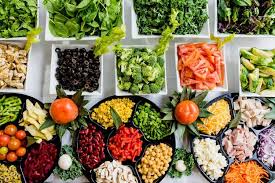Maturation and Ripeness
The stage of ripeness or maturity of a food can also significantly influence its GI. As fruits ripen, their starch content is converted into sugars, which lowers their GI. For example, a green, unripe banana has a higher GI than a fully ripened banana (Englyst & Cummings, 1986). Similarly, research suggests that “new potatoes” (younger, freshly harvested potatoes) tend to have a lower GI compared to older, matured potatoes (Soh and Brand-Miller, 1999).






